It’s often said that great minds think alike. That aphorism was definitely true of two icons of the late 19th and early 20th centuries, Nikola Tesla and Samuel Clemens.
Tesla was a scientist whose work largely revolved around electricity; at that time, making your living as a scientist and inventor could often mean having to be somewhat of a showman.
Clemens, in addition to being a writer, was fascinated with technology and science. Given not only the sharpness and clarity of their minds, but also the overlap in their interests, it seems almost inevitable that they would eventually cross paths with each other.
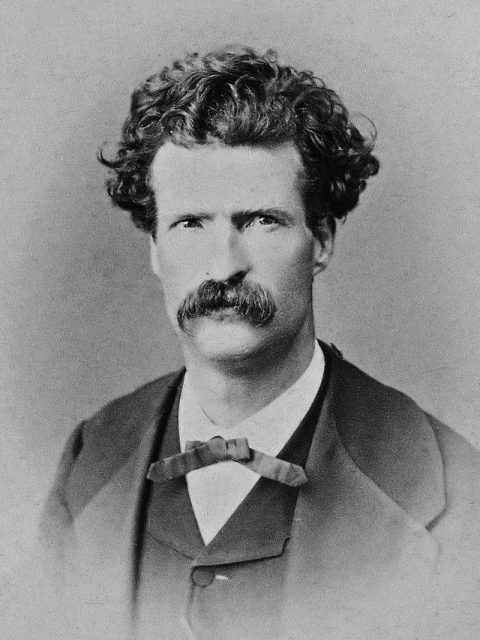
According to the science blog It’s Okay to be Smart, Tesla had a bout of severe illness in the 1870s before his emigration to the U.S. His condition was serious enough that his doctors thought he might not survive.
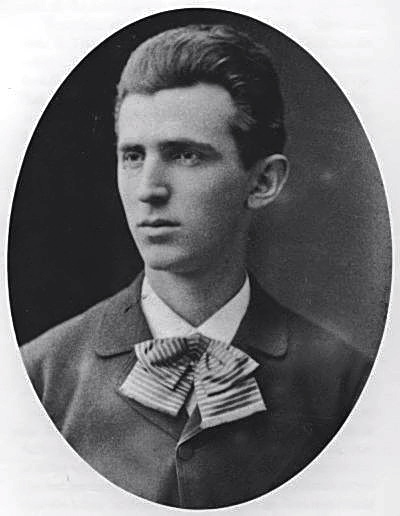
Since there was relatively little else he could do during that period of time, he read all the books he could from the local library. Among those books were several volumes of Twain’s earlier works, which Tesla described as “so captivating as to make me utterly forget my hopeless state.” He went on to say that those books may have been the reason for his recovery.
It would be 25 years before the men met, but meet they did — and when Tesla told Twain about his illness and the role Twain’s writing played in his recovery, Twain was moved to tears.
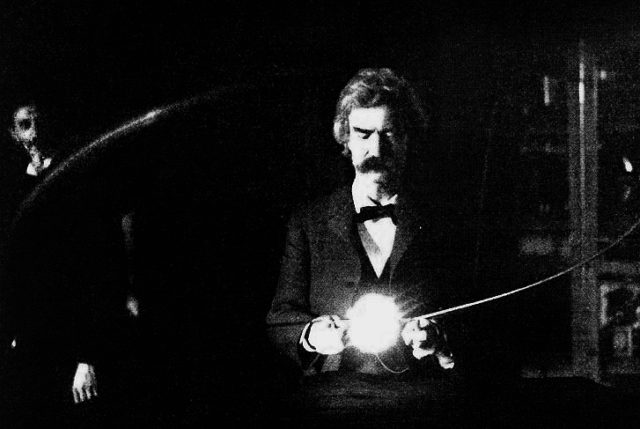
The Irish Times reports that the writer and the inventor became friends in the 1890s. Tesla was living in New York, and even though Twain and his family lived in Europe at the time, Twain was a frequent traveler to New York.
Twain became interested in Tesla and his work after hearing about an electric motor the scientist had invented while working for Westinghouse.
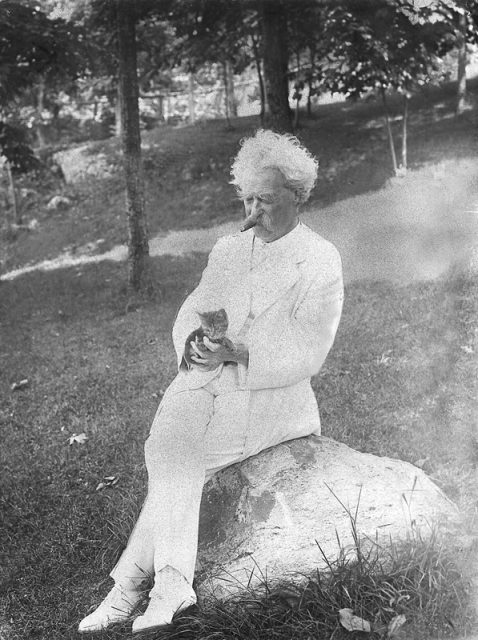
He recognized that Tesla’s motor was a better than a model his partner, James Paige, had come up with, which Twain had been thinking about investing in.
Tesla advised against Paige’s motor, but Twain still invested in another of Paige’s machines – a mechanical typesetter – and took significant losses.
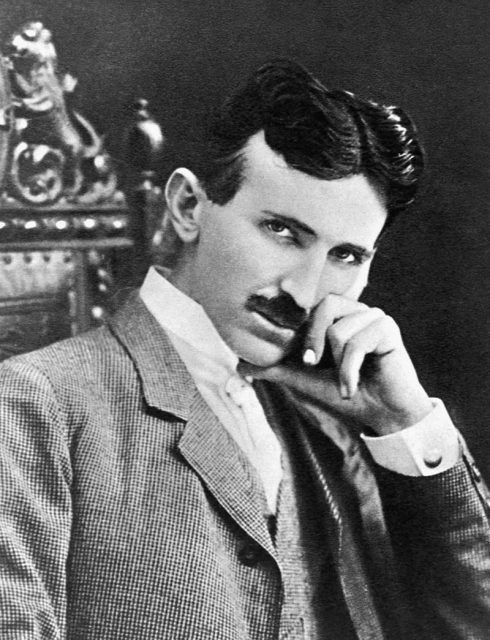
Twain was fascinated with electricity, and Tesla was looking for all sorts of new ways to use it, so it’s hardly surprising that Twain became a regular visitor to Tesla’s lab. There are a number of photographs from that period that were taken of Twain in the lab.
One of the most famous, if not infamous, stories about Twain’s interactions with the devices in Tesla’s lab is this: Tesla had been working on a mechanical oscillating machine. It was like an engine that would put out an alternating current of high frequency. It also vibrated significantly.
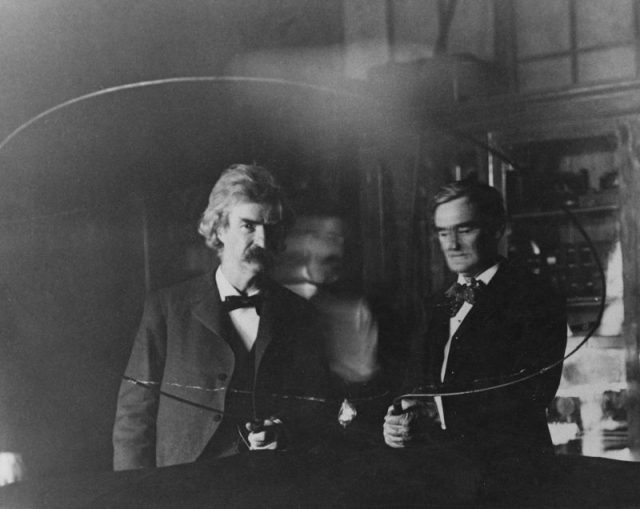
Tesla was curious about whether the vibrations might have some sort of beneficial therapeutic effect, and once, when Twain was visiting, he asked if he could try the oscillator out. Some sources suggest that Tesla knew Twain was prone to digestive issues and proposed the experiment as a way to cure his friend.
Twain got on the oscillator, and the machine was started up. He reportedly enjoyed the effects, saying that it left him feeling invigorated and full of vitality.
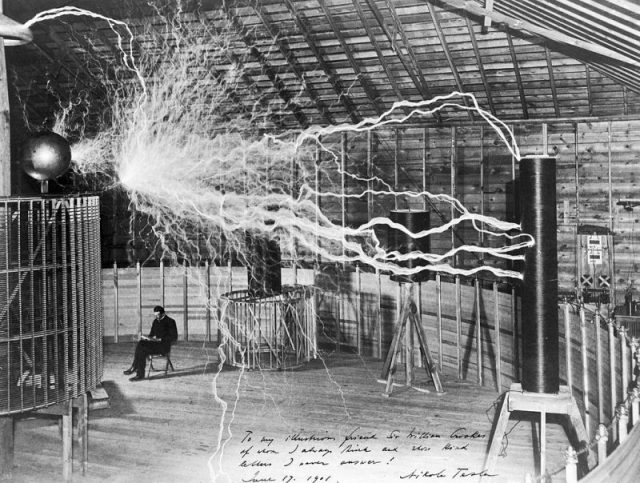
Despite Tesla’s repeated suggestions, the author refused to get off the machine as he was enjoying the feeling — that is, until he had to make a mad dash for the bathroom. Apparently, Tesla’s oscillating machine also worked well as a laxative.
Twain would visit Tesla’s lab for years, and the men’s lively minds made for good company. They tried new experiments and also played some. At one time, Tesla shot an x-ray gun at Twain’s head.
It’s possible that Tesla inspired Twain’s creation of Hank Morgan, the hapless visitor to the past in A Connecticut Yankee in King Arthur’s Court.
Read another story from us: The Bizarre Obsessive Compulsive Rituals and Habits of Nikola Tesla
Although there’s little remaining correspondence between the two great men, it is known that Tesla was invited to Twain’s daughter’s wedding, which is a sure sign of the real esteem that existed between them, and continued until Twain’s death on April 21, 1910.
